Are you interested in learning how to plant a 3 sisters garden? Well, it’s actually quite simple, and allows you to grow corn with several other vegetables in limited space, if you understand the legend.
However, many people often dismiss the story of the three sisters as Native American folklore without realizing the valuable gems that lie within.
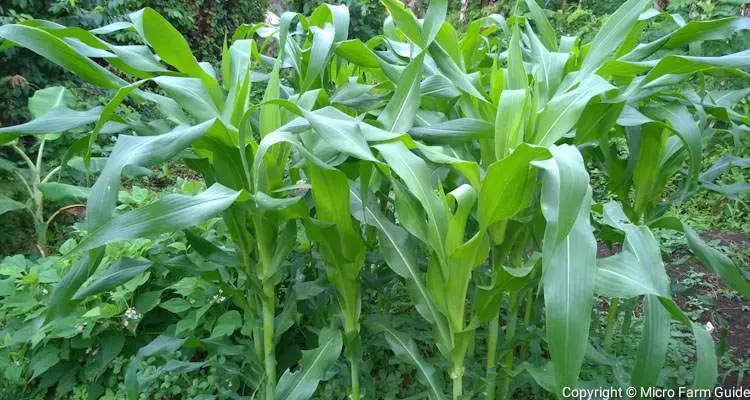
In this article, you will learn the secret to planting a three sisters garden, the importance of the technique, and some tips on choosing “cousin crops” for your system.
What are the Three Sisters?
The Three Sisters is a form of companion planting originating from Native American practices in which corn, beans, and squash are intercropped.
This provides support and protection for each crop, enhancing yields without requiring harsh chemicals such as pesticides.
The Three Sister Story
According to a Native American legend, corn, beans, and squash are called the Three Sisters as they were watched over by the three sister spirits, or De o-ha-ko, who inhabited the fields.
In this Iroquois story, Sister Corn stands tall, while Sister Bean feeds the roots of sister corn. Sister Squash remains close to the earth and protects the soil with her large leaves… Did you spot the secret?
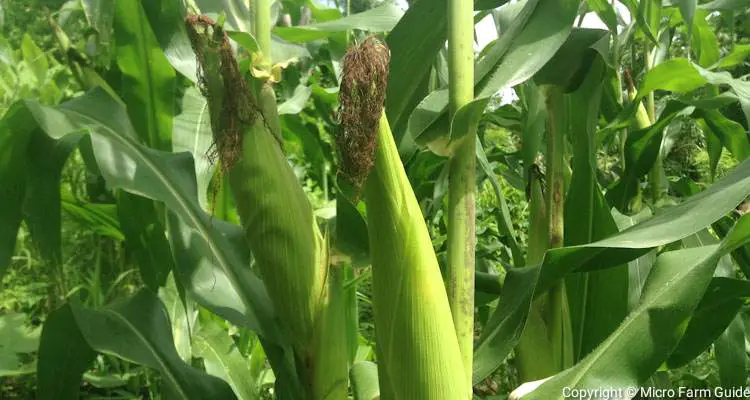
Three Sisters Garden Variations
The Three Sisters crop story is a framework outlining the function of each sister.
This has been modified to create several variations, including crops such as sunflowers, peas, and various plants in the cucurbits family, which include pumpkins, zucchini, and squash.
This practice was already common among several Native American tribes, who combined different crops based on their location and needs.
How To Plant Three Sisters In A Raised Bed Or Mound
The Three Sisters planting method relies on a staggered planting schedule to give each sister a head start before the next one is added. Let’s take a look at this in action.
Step 1. Prepare The Planting Area
Locate a 10 feet by 10 feet area in your garden that receives at least 6 hours of full sunlight per day. Then cut any vegetation within this area and pile them up to the side.
Place markers at 5 feet intervals within the growing area, staggering the middle row.
Create a mound of soil around each pole. This should be flat at the top, measuring 18 to 24 inches in width. I prefer to square off my mounds, but you can also make them circular.
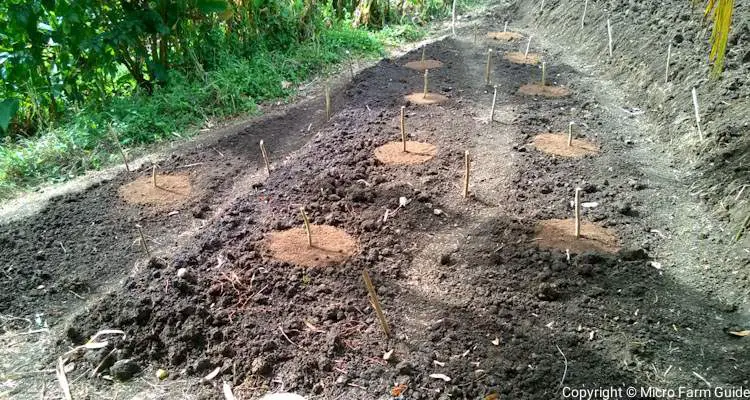
Afterward, add fertilizer and compost to the soil, then cover it with mulch and the vegetation you removed earlier.
At this point, I like to water the area thoroughly, then place a tarp over it and allow the soil to rest for 2 to 3 weeks before planting.
Step 2. Plant Corn Seeds
Mark a square about 12 inches by 12 inches. Then dig a 2 inch hole at each corner and one to the center of the two points. This should result in a grid of 9 holes on each mound spaced 6 inches apart.
Once the soil temperature is at least 60°F, Sow 2 to 3 corn seeds per hole to ensure germination. Cover the seeds with soil and water them.
You will need to thin the corn to one plant per hole when you identify the strongest seedling.
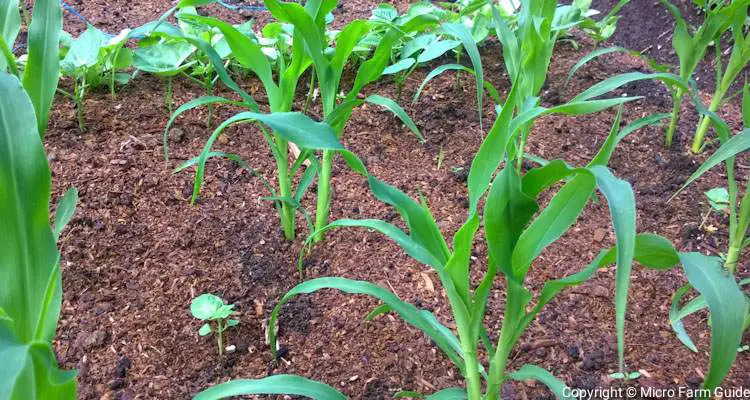
Step 3. Plant Beans
Plant beans when corn is 4 to 6 inches tall. You will need to first remove any weeds from the planting area.
Then sow 4 bean seeds on the outer edges of the corn grid. Cover with soil and water the area.
Step 4. Plant Squash
Next, build a squash mound between the corn mounds. This will form rows in one direction, with space in the center to spread.
About 1 week after planting the bean seeds, dig 3 holes in the middle of the squash mound, spaced at least 4 inches apart.
Sow 2 seeds per hole. Cover the seeds and press gently on soil. Water the area thoroughly. Thin seedlings to 2 per mound after they emerge.
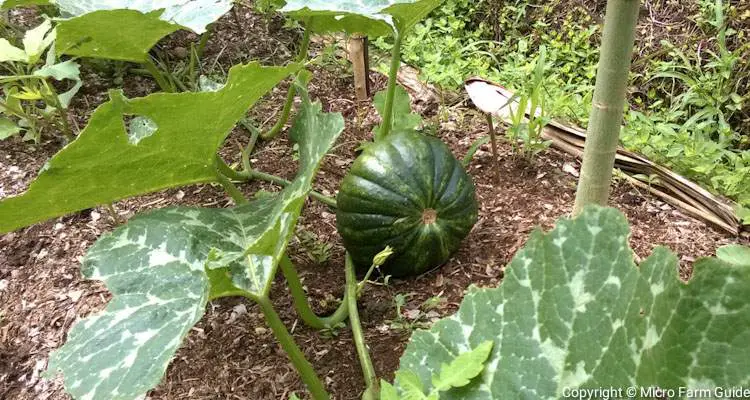
Step 5. Take Care Of Plants
Water planting area at least once per week if there is no rain. Remember, the mound, organic material, shade from leaves, and intense spacing act to conserve water.
Remove any weeds you see until the squash leaves cover the area. The corn leaves will also help as the plant gets larger.
Add a balanced organic fertilizer as needed by the corn. Avoid anything unusually high in nitrogen since this will affect the beans.
Best Beans For Three Sisters Planting
The best beans for Three Sisters Agriculture are vining varieties that help anchor the corn as they climb while leaving the ground free for the squash to spread.
However, you can use bush beans in the rotational method since this allows the three sisters to be planted adjacent to each other in separate sections.
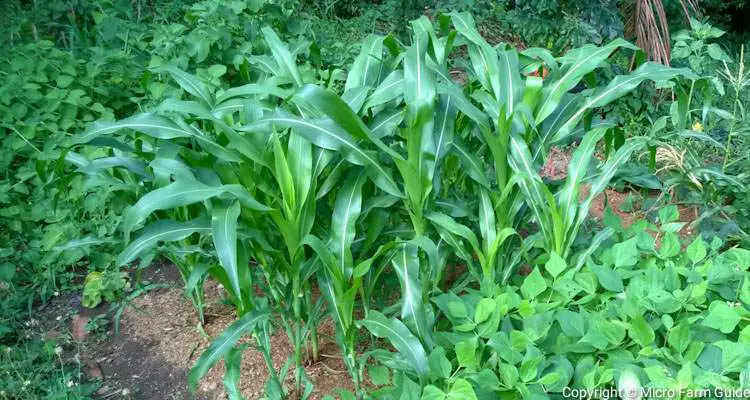
Peas can also replace beans in a Three Sisters garden, provided they are also vining types. However, you will have to adjust your planting schedule based on the variety.
The Significance Of The Three Sisters Farming
The Threes Sisters Farming system creates a mutually beneficial ecosystem, which provides support and protection for plants and animals while encouraging a community approach to food production.
These crops provided a balanced diet to The Native American people, who later shared their knowledge with settlers to help them survive throughout the winter months.
I was surprised to see people modifying this technique to grow corn in containers, where access to fertile soil is limited or virtually non-existent.
The simplicity, flexibility, and efficiency of this sustainable farming technique show promise in a world where food security is a burning topic on the minds of educators and leaders alike.
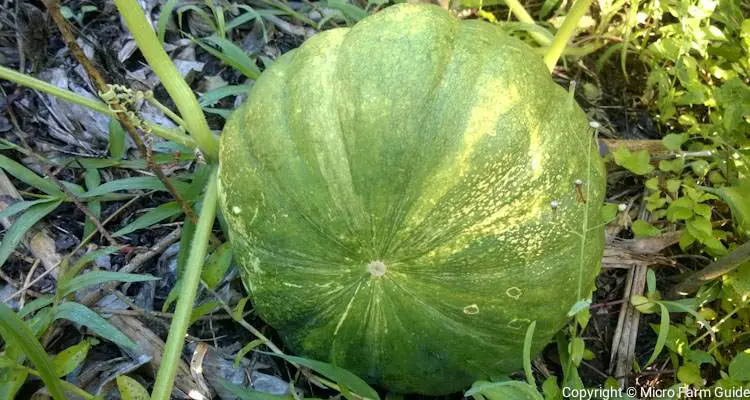
Related Questions
What Should I Plant First In Three Sisters Gardening?
Corn should be planted first in Three Sisters gardening. This provides a head start, allowing them to grow tall enough by the time the beans are ready to climb.
How Much Space Do You Need For A Three Sisters Garden?
A Three Sisters garden needs a square space of at least 10 feet by 10 feet, in which mounds of similar plants can be spaced 5 feet from center to center. However, if space is limited, you can use fewer mounds at the risk of corn development.

